What Is Wall Putty?
Important Point
Wall putty is basically a substance which is applied to the internal wall of any house to increase the beauty and longevity of the house. Wall putty makes a strong base for painting and it also highlights the colour. It provides sharp and beautiful edges for our house.
Wall putty is basically a cement-type substance which is applied to create an even surface of the wall. It also uses a filler material which is used to fill pores, cracks, undulation in walls, etc.
If you increase the lifespan of paint, then you must apply 1 or 2 coats of wall putty. If there are no major wall cracks, then putty will be provided through the whole wall surface but final touches do not require at this step.
Generally, wall putty has a high plasticity property and the texture of wall putty is near about similar to the clay. Wall putty naturally provides a protective layer for the painting. Wall putty is available in the market in different colors and it can be applied on the new wall as well as the old wall.
What Is Wall Putty Used For?
Wall putty is generally used to create a smooth surface of the wall. It also creates a protective layer. The tensile strength and adhesion power are wall putty are adorable. Sometimes, cracks are formed on the wall, then wall putty is used to fill those cracks easily. Here, it acts as a filler material.
Wall putty creates an excellent bonding with the plastered wall surface and the wall paint also gets a very good surface. Wall putty is also used to resist the decaying of walls because it becomes water resistant, abrasion resistant and flake resistant.
Also, Read: Rotten Egg Smell In Car | Car Smells Like Rotten Eggs
Types of Wall Putty
There are various types of wall putty are available in the market according to the purposes, those are in the following below-
1. White Cement Based Putty
White cement-based putty is a very popular type of putty which are used in modern days. White cement based is basically a mixture of white cement, polymers, and minerals. This type of putty is used for both interior wall and exterior wall purposes but this is good for internal purposes usage.
White cement-based putty provides a smooth and glossy finish to the wall surface. White cement-based putty cost is reasonable and most of the people can afford it.
White cement-based putty does not require any kind of skilled labor, so the labour charge is also not very high. Properties of white cement-based wall putty- This type of putty is good to use on exterior surfaces or interior surfaces or exposed surfaces. White cement-based putty is a cement-based putty which gives a strong binding property.
It has an excellent water-resistant property, which also resists dampness. The tensile is also good because of the adhesion property of cement and undoubtedly compressive strength.
2. Acrylic Putty
Acrylic putty is another type of wall putty which is water-based wall putty. Acrylic wall putty is a mixture of acrylic emulsion medium, pigments, and other additives. Acrylic putty is only used for interior wall purposes and it is not used for exterior wall purposes. Acrylic putty provides you with a smooth surface finish which comes matte in nature.
Some special features of acrylic putty are following below- It is only used in an internal portion of the house because if use acrylic putty is in the exterior portion then extra heat will create some problems with the acrylic putty.
The binding property of acrylic putty is less than white cement-based putty. Acrylic putty is not good enough to resist the water totally and due to this water, wears inn the putty arrives, then we need a quick repair in every year.
The strength of acrylic putty is not so much effective and it is good to resist alkali problems. Acrylic putty is suitable for all kinds of paints, which provides a better choice for buyers. The installation charges are also reasonable, that’s why everyone can afford this type of putty.
Also, Read: Top 10 Best Cement Companies In India 2022
What Is Wall Putty Made Of?
Wall putty is a mixture of material which is made of different ingredients like calcium carbonate power, which presents in maximum quantity; after that, some amount of sierozem powder is there.
Besides those materials, white cement is also there and a negligible amount of HPMC and ultramarine are also present. Wall can be used for both interior and exterior walls, where wall putty is used as a protective layer.
Application of Wall Putty
Wall putty can be applied for both interior and exterior purposes. The application process of wall putty is different for different wall surfaces, that are-
Step 1: Apply After Primer
When you are going to apply putty on the wall then you need to be sure that the wall must be free from any type of dust, grease, wallpaper, stains, oil paints, etc. If cracks are observed on the wall surface then those must be filled with putty then the next process will start.
Putty must be applied after drying the primer coat. It creates a defensive layer to the putty. One or two coats of putty can be applied but make sure that you can apply a second coat only after drying the first coat.
Step 2: Check The Surface Before You Apply
A surface groundwork checking is necessary before applying a coat of putty. Workers must wear safety because of avoiding dust and dirt. The required tools for putty works are a knife, sandpaper, paint scraper, sanding block, cloth, brush, and water. Those are the major ingredients but some other minor tools are also required besides this.
Step 3: Remove The Loose Materials From Walls
If cracks are found on the wall then it is very important to check this, dig out, and remove the loose materials from that portion. You can use a screwdriver for this action.
Use sandpaper to remove all flakes and dust particles. Make sure that the surface must be freed from dirt, dust, grease, etc. For a lime coating wall, use a sandpaper or paint scraper and for an oil paint wall, use sanding.
Step 4: Final Application
According to the place or purpose, the wall putty is chosen. To make a thick paste, you need to add adequate water to the mixture and use a mechanical stirrer.
The paste is very prone to dry, so you need to be quick enough (use within 2 to 3 hours). We are using a wet or moist cloth to cover the putty paste to resist drying. Use a flat finish tool for applying the putty and the wall must be cleaned.
Also, Read: How to Get Rid of Paint Smell
Disadvantages of Wall Putty
Wall putty is a very modern material which is widely used in recent times because it has some advantages. But it also has some disadvantages also, those are the following-
- Wall cracks are easily visible in wall putty walls because it is a smooth and even wall surfaces, so cracks can easily be detected.
- Wall putty creates a smooth and even surface to the whole wall but it is so much difficult to maintain the whole wall as smooth and even because it is not a machinery process.
- Wall finishes are different in nature because there are so many types of wall finishes are available in the market. So, it is so much difficult to apply the wall putty over all types of wall finishes.
- Another disadvantage of wall putty is it takes so much effort for cleaning and an unskilled person can not do this because there is a high chance of getting damaged wall putty.
Mixing of Wall Putty
Mixing of wall putty is not a very difficult thing. To prepare wall putty paste you need a bucket and some amount of water. The mixing ratio must be 2:1; so, 2 parts of wall putty and 1 part of the water are needed. After that stir those materials thoroughly. After that apply the putty with a flat tool.
White Cement Based Wall Putty
White cement-based wall putty is a special type of wall putty which is widely used on interior walls and exterior walls. White cement-based wall putty is used as putty, sealer material, or filler material because different additives are mixed with it to do such actions.
In white cement-based wall putty, polymers, minerals, and white cement are also mixed. The cost of this type of putty is not so much high, that’s why almost everyone can afford it easily.
White cement-based wall putty does not require any skilled labor; so, the labor cost of this material is also low.
Drywall Putty
Joint compound, also called drywall compound, is a putty that has the consistency of plaster and is designed for larger jobs. Joint compound is made by mixing gypsum dust and water into a paste. It usually comes in a pre-mixed container for your convenience and is commonly used for taping and finishing drywall seams.
Wall Putty for Holes
Product is not only wall putty to fill holes but, also is perfect for plaster repair on rare wall plaster. Simply apply in circular motion, wipe with a damp cloth, then paint.
Drywall Repair Putty
Use a putty knife to fill them with spackling or wall joint compound. Allow the area to dry, then sand lightly. Anything larger must be covered with a bridging material for strength before the patching compound can be applied.
Filling Nail Holes in Drywall
Here, the following steps of filling nail holes in drywall are as.
- Apply Spackle: Using the sharp corner of your putty knife, scoop out a tiny amount of spackle and gently push it into the hole.
- Let Spackle Dry: Allow the spackle to dry. To be safe, give it at least two hours to set.
- Sand the Spackled Area: After the spackle is dry, sand it down with your fine-grit sandpaper. The goal is to get the spackle to be completely flush with the wall.
- Paint: Once you’re happy with the end result of your spackling efforts you can get to work painting the area. Use a small paintbrush so that you can carefully control where the paint goes.
Wall Putty to Fill Holes
Erase-A-Hole Wall Repair Putty is a quick and easy solution to fill the holes in your walls. Whether you are conquering a DIY project or moving and need to fill the holes left behind from artwork. Maybe you are renting and want to get your deposit back. Erase-A-Hole makes things easy with no tools needed.
Types of Wall Putty
- White Cement Wall Putty: White cement wall putty. Made up of white cement, added polymers and minerals. Used for both interior and exterior applications. Has superior binding traits because it is white cement-based.
- Acrylic Wall Putty: An acrylic and water-based solution. Suitable only for interiors. Binding quality is inferior to white cement alternative
Exterior Wall Putty
Give your walls a great foundation with Trucare Wall Putty – a white cement-based putty that is packed with functional additives. It helps give interior and exterior rough plasters an even finish along with proving to be a great undercoat adhesion to emulsion paints.
Wall Putty for Wood
This wall putty can be applied to interior walls and wooden surfaces. The putty can be used on plastered walls, concrete, brickwork, and asbestos. Since it is an undercoat, acrylic putty is available only in white shade.
- How to Get Vomit Out of Carpet
- How to Get Wet Blood Out of Carpet
- Top 10 Tiles Companies in India 2022
- What Is Grade On Slab | Construction of Concrete Slab on Grade | Types of Grade on Slab
- What Is Shear Wall | Classification of Shear Walls |Advantages of Shear Wall | Functions of Shear Wall | Important Point Shera Wall
Originally posted 2022-06-04 16:33:48.
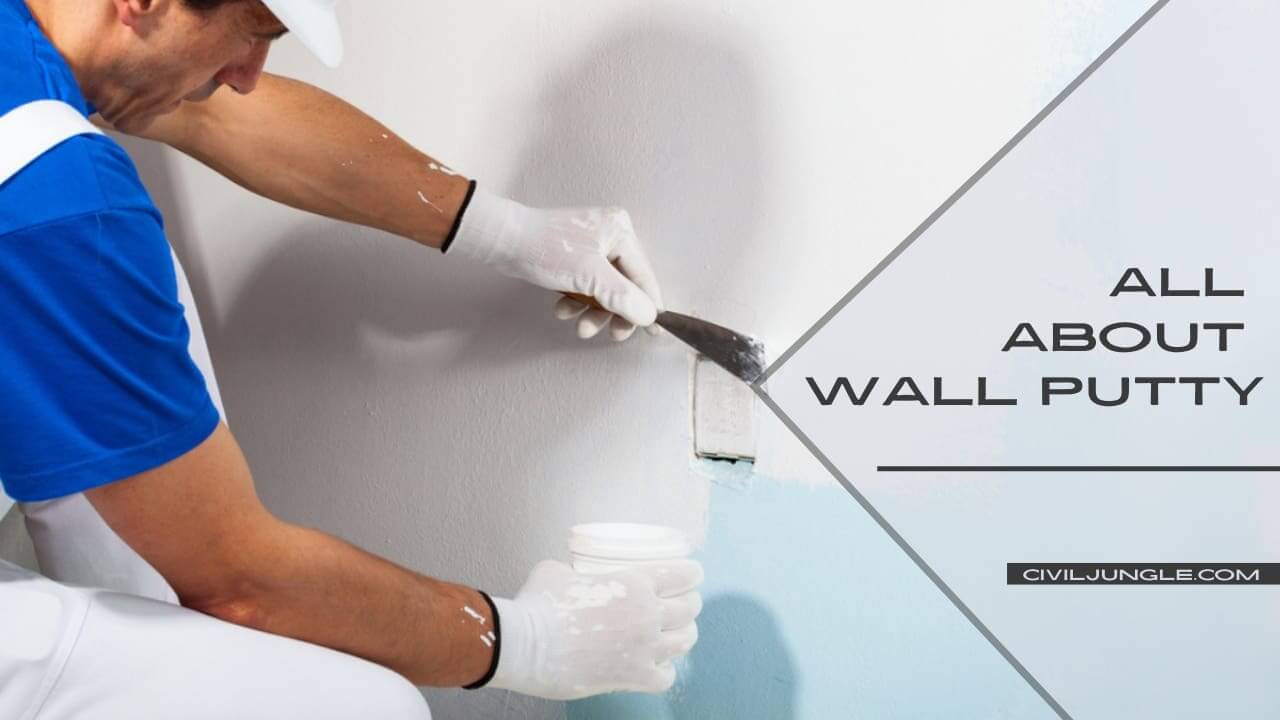
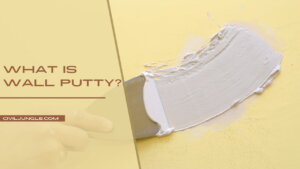
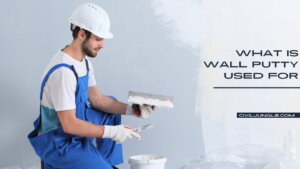

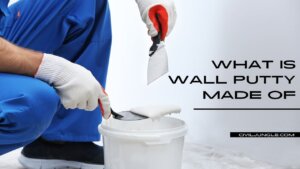
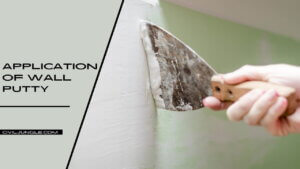
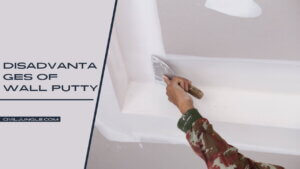

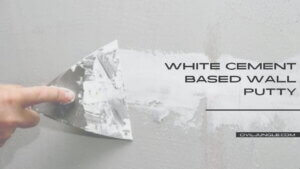

Leave a Reply